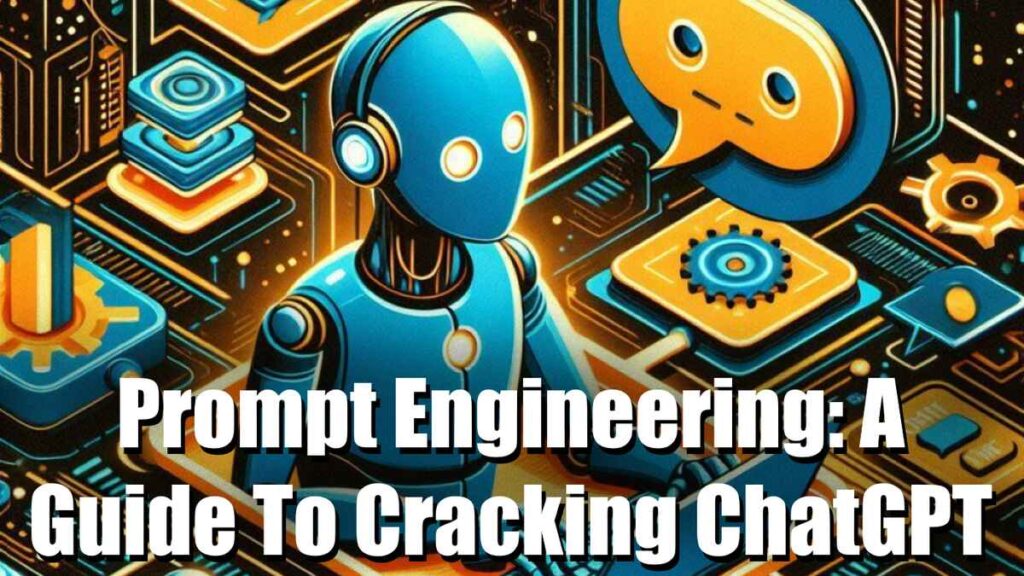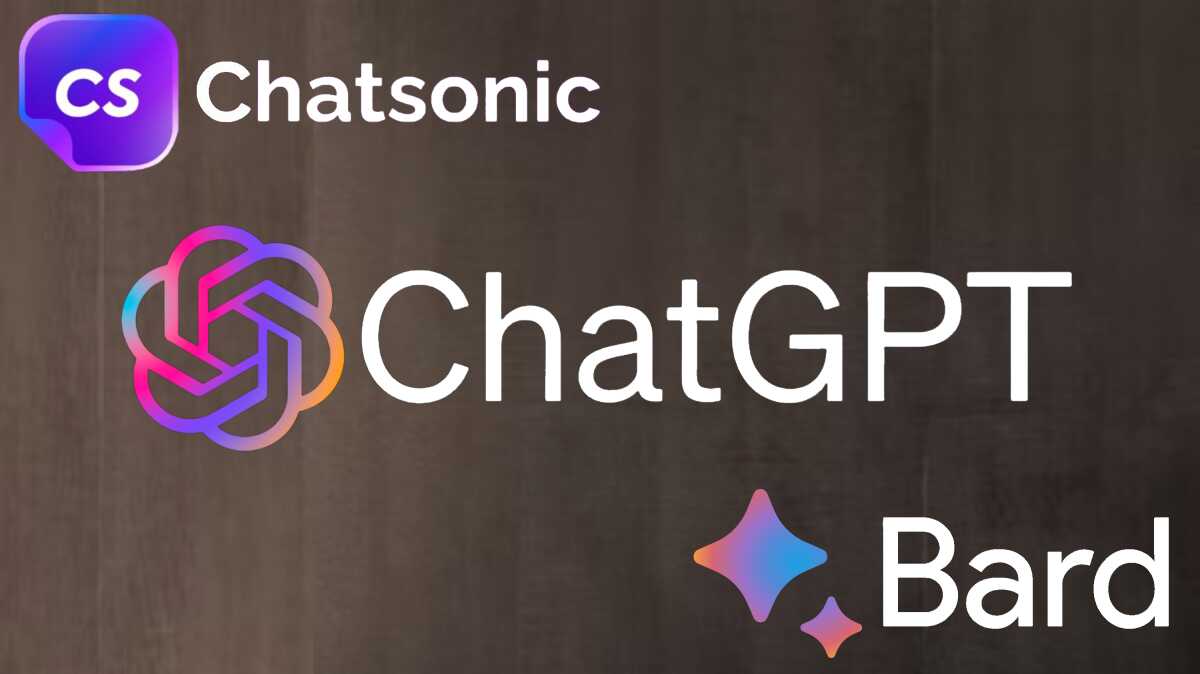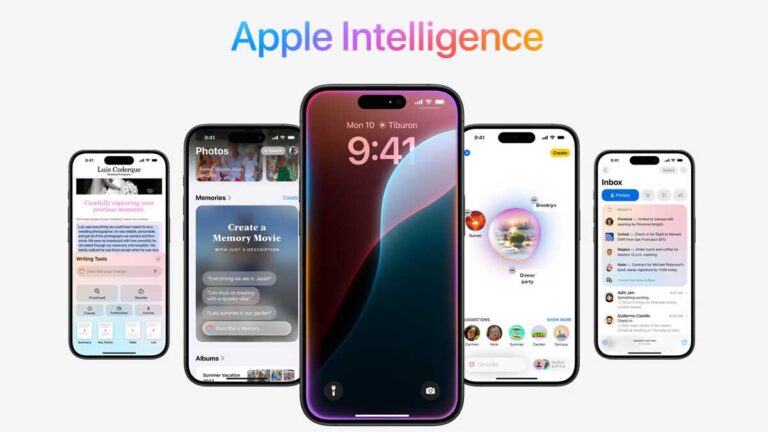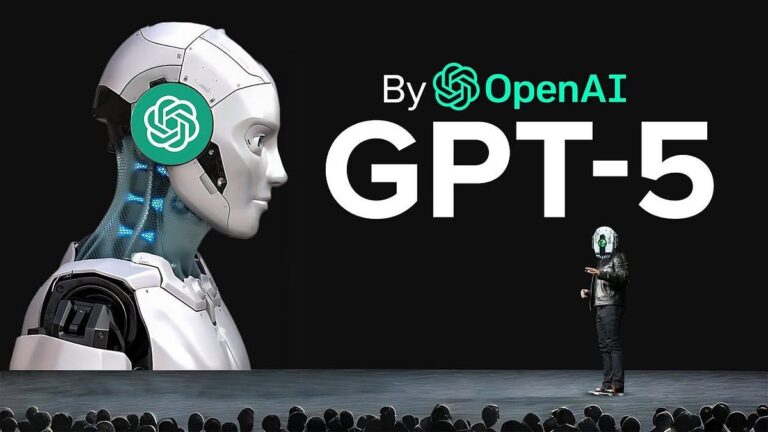Prompt Engineering: A Guide To Cracking ChatGPT
Prompt engineering is a key skill for getting the best responses from ChatGPT, and this guide provides tips on how to create prompts that get the best results from the AI.

Prompt engineering is a phrase that is beginning to be sounded everywhere around the globe. With the advent of AI, it is crucial to learn the means to utilize it fully. Learning to communicate with Large Language Models (LLMs) like ChatGPT paves the road to a lot of automated success. In fact, along the way, you’ll probably discover things you did not know ChatGPT could even do.
What is Prompt Engineering?
For the sake of tech readers, let’s give the term a proper definition. Prompt engineering is the art and science of designing inputs for LLMs to elicit desired outputs. It means creating, refining, and optimizing prompts to achieve accurate, relevant, and useful responses from AI systems. Think of it as teaching a new language to a virtual assistant, where the quality of your input determines the quality of the output.
But here’s the surprising thing. Much like learning a second language, mastering prompt engineering requires practice. Practice makes perfect. Regularly using and tweaking prompts will help you understand what works best in different contexts. The more you practice, the more proficient you become, allowing you to leverage ChatGPT and other LLMs to their maximum extent. Thus you will enhance the efficiency, productivity, and innovation within your team.
Guide to effective ChapGPT prompts
Here are some guidelines to produce super-effective prompts that elicit amazing responses from ChatGPT.
Clarity: Be Specific
Clarity is crucial in prompt engineering. If you ask, “What is photosynthesis?” the question is too broad. Instead, narrow it down: “Describe the process of photosynthesis, focusing on the role of chlorophyll, water, and sunlight. Explain it as if you are teaching a 5th-grade class, and provide the information in a step-by-step format.” This prompt is clear, specific, and sets the stage for a well-structured response.
ChatGPT is especially good at summarizing and simplifying content. You can use prompts like, “Summarize this content for a second-grade student,” to distill complex information into easily understandable language. This feature is great for creating educational materials or simplifying technical content.
Context: Define Roles and Audience
A superpower of ChatGPT is that it can adopt various roles based on your instructions. You can ask it to reply as an engagement editor, a Chief Marketing Officer, or any other role. Specifying the audience will tailor the response. For instance, “Explain it as if you are teaching a 5th-grade class” or “Imagine you are creating advertising copy for a national business publication.” This way, you will generate content with the appropriate tone and complexity.

You can take this ability of ChatGPT further and ask it to assume certain personalities. You can create an AI assistant with a specific personality, such as a sarcastic chatbot named Marv. This customization can add a unique flavor to your interactions, making them more engaging and entertaining.
Format: Specify the Response Style
The format of the response is as important as the content. If you need information in a step-by-step format, make that clear in your prompt. For example, “Provide the information in a step-by-step format.” ChatGPT can also generate responses in various formats, including text, spreadsheets, or even emojis. Specify your preferred format to ensure the response meets your needs.
Also, ChatGPT can handle a variety of administrative tasks, from drafting and editing emails to managing your calendar. You can delegate mundane tasks to ChatGPT, freeing up your time for more strategic activities. For example, you can ask, “Draft an email to schedule a meeting with the marketing team,” and ChatGPT will generate a professional email for you.
A final piece of advice would be to have fun using ChatGPT. While not the best at producing jokes, ChatGPT’s multifunctionality can make for lively, interesting, and at times funny conversations.
The Canadian psycholinguist Frank Smith once said, “One language sets you in a corridor for life. Two languages open every door along the way.” LLMs are especially important in this case because their language can open the doors for the smooth and cost-effective working of a potentially unlimited number of tasks. From email writing to sales meeting write-ups to daily recipes for breakfast, it is a one-stop solution for many important and trivial troubles of the day.
For leaders, understanding how to use LLMs can add tons of value to your team. During challenging times when resources are limited or financial conditions are not great, ChatGPT can act as an additional employee. It can increase efficiency and productivity without increasing payroll costs. With proper prompt engineering, you are able to harness the full potential of AI, thus driving innovation and optimizing workflow.






